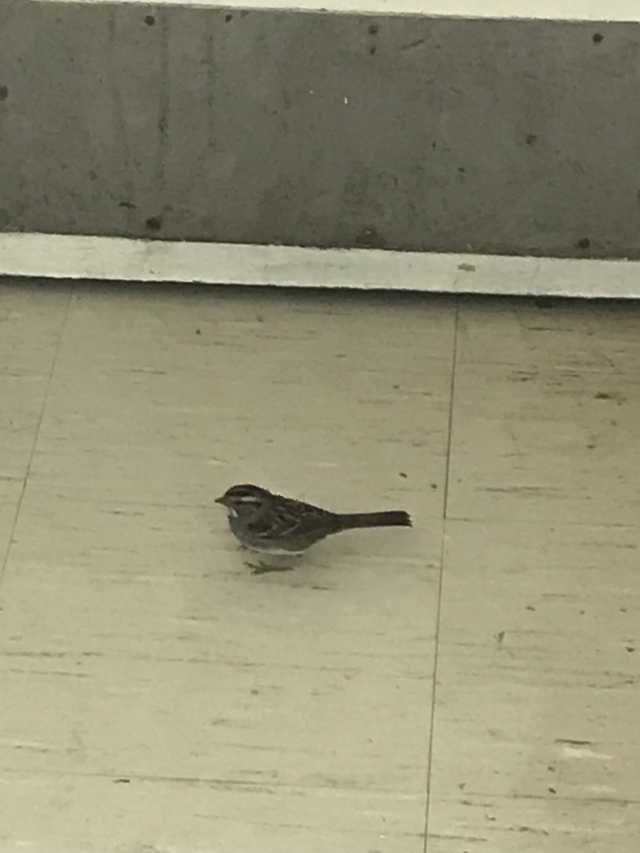I could listen to the call of the white throated sparrow all day. A while ago one of these tiny songbirds was serenading me and it brought back childhood memories. Most were summer memories as these little guys migrate.
White-throated sparrows generally migrate at night. Usually they forage during the day and travel when the stars are out. Generally, the southward journey takes longer than the northward one.
Here in eastern North Carolina we only can enjoy them in winter. They usually arrive in eastern North Carolina around the first of October and hang around until about the first of May. Take a walk near the edge of woods on a sunny winter day and they will treat you to a song.
Back in eastern Maine they were more common in summer, but some stuck around all year. They sang their familiar “John P. Peabody Peabody Peabody.” Some folks said it sounded like “Pure Sweet Canada Canada Canada.” Either way they’re not bashful at singing their song and I often whistled back at them.
Sparrows generally stay close to the ground and this species is no exception. They nest in thick cover, usually at the edges of forest post-harvest regrowth.
Their diet varies from season to season. In summer they are largely insectivores, while they rely on seeds to carry them through the winter months. They also eat berries, often in that period between summer and winter.
Color can vary quite a lot, but generally these birds are striped with a combination of black, white, tan, brown and gray. Usually individual birds are white or tan striped but not both They also have a distinctive yellow color between the eye and beak. Additionally, as the name indicates they have a bright white throat.
Around here we can lure them to our feeders by providing millet and black oil sunflower seeds. They aren’t shy and will sometimes eat out of your hand. They also back away from aggressive birds like blue jays, evening grosbeaks, cardinals and nuthatches. More birds will find your feeder if they don’t have to travel a great distance from their cover.
White-throated Sparrows are considered to be monogamous. They usually rear one brood per year, but occasionally produce two. Generally females construct the nest on the edge of a thicket. White-throated sparrows conceal their nests well.
Females lay 4-5 greenish-white eggs, usually spotted with brown. Generally only females incubate the eggs, which hatch in a little less than two weeks. Hatchlings are totally helpless for their first several days. Both males and females care for the young chicks. In a few days they begin to venture out and fly. It’s a shame we can’t see that. They don’t breed here.
Nearly every outdoors person has a favorite songbird. Most like bright colored species like cardinals, warblers, fiches or blue jays. I prefer the sweet sounds of the somewhat camouflaged white-throated sparrow. When I hear that sound I almost feel like I’m standing in a brook throwing a fly.

This little sparrow sneaked inside during a harsh winter storm. It’s nasty outside.
Ted Manzer teaches agriculture at Northeastern High School ([email protected]).
Advertisements Share this:




